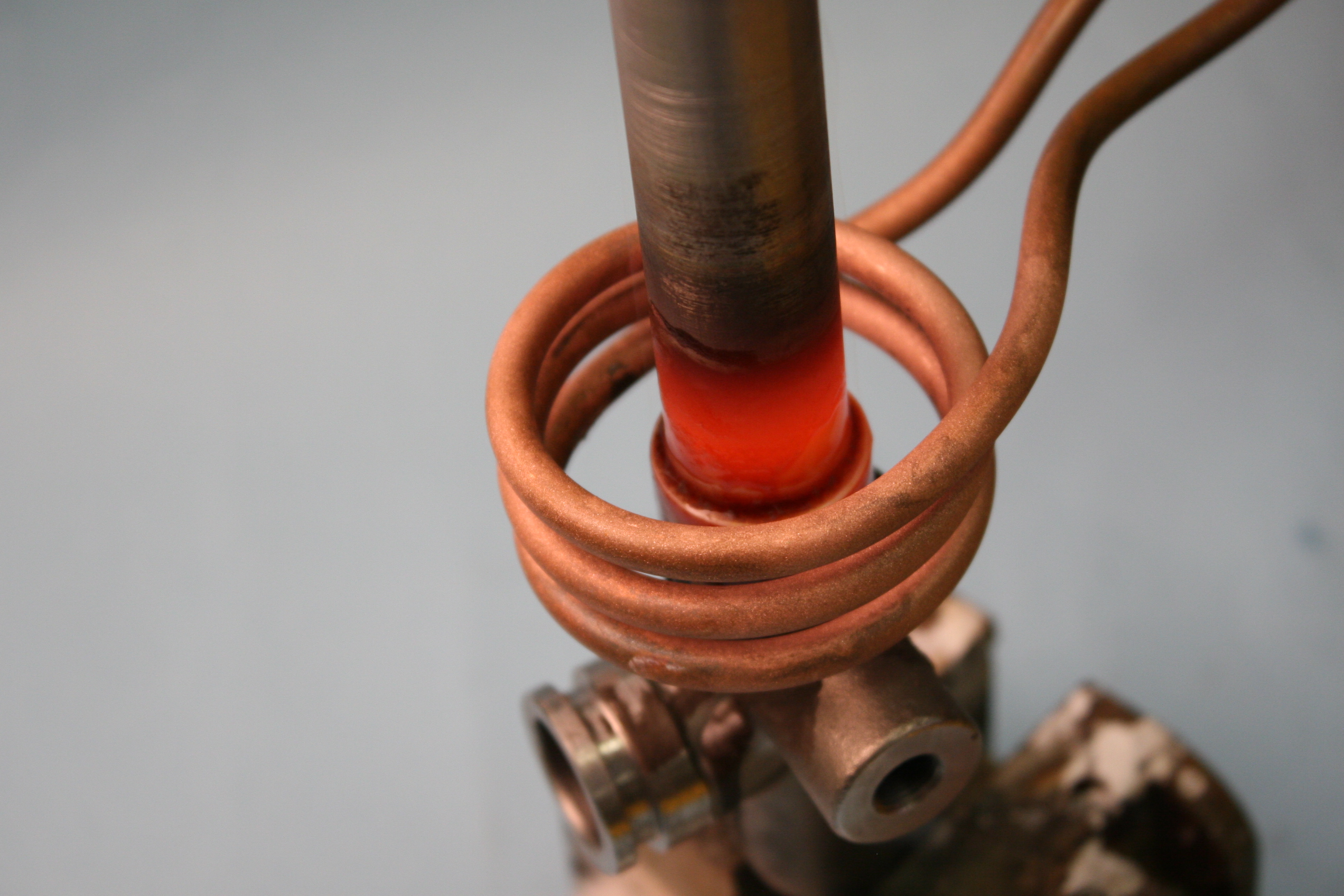Induction Brazing an Aluminum Assembly
Objective A company wanted to assess using induction heating for their aluminum assembly brazing process, and contacted THE LAB at Ambrell to utilize...
Applications
Applications: More
Applications: More

Industries:
Industries: More
Industries: More
Industries: More

Products:
Products: More
Services:
Services: More

Learn:
Learn: More
About:


Induction heating is used for countless industrial heating applications. That said, brazing is perhaps our most common application. In this blog post we'll review the reasons why many manufacturers turn to induction heating for their brazing applications. The advantages include:
In addition to these advantages, induction heating is versatile and can also be used to braze a wide range of metals, including ferrous and non-ferrous materials. It is also compatible with a variety of brazing filler metals.
Here are some specific applications where induction heating is commonly used for brazing:
In summary, induction heating is a versatile and efficient method for brazing a wide range of materials. It offers many advantages over traditional brazing methods, including precise and localized heat, repeatable results, fast heating cycles, a clean and safe process, and energy efficiency. Learn more about brazing and the many brazing applications THE LAB at Ambrell has tested by clicking the image below.

Objective A company wanted to assess using induction heating for their aluminum assembly brazing process, and contacted THE LAB at Ambrell to utilize...

Induction heating is a process that uses electromagnetic fields to heat electrically conductive materials. It has been used in numerous industries...

Induction heating, a process that uses electromagnetic induction to heat electrically conductive materials, is often thought of for large industrial...